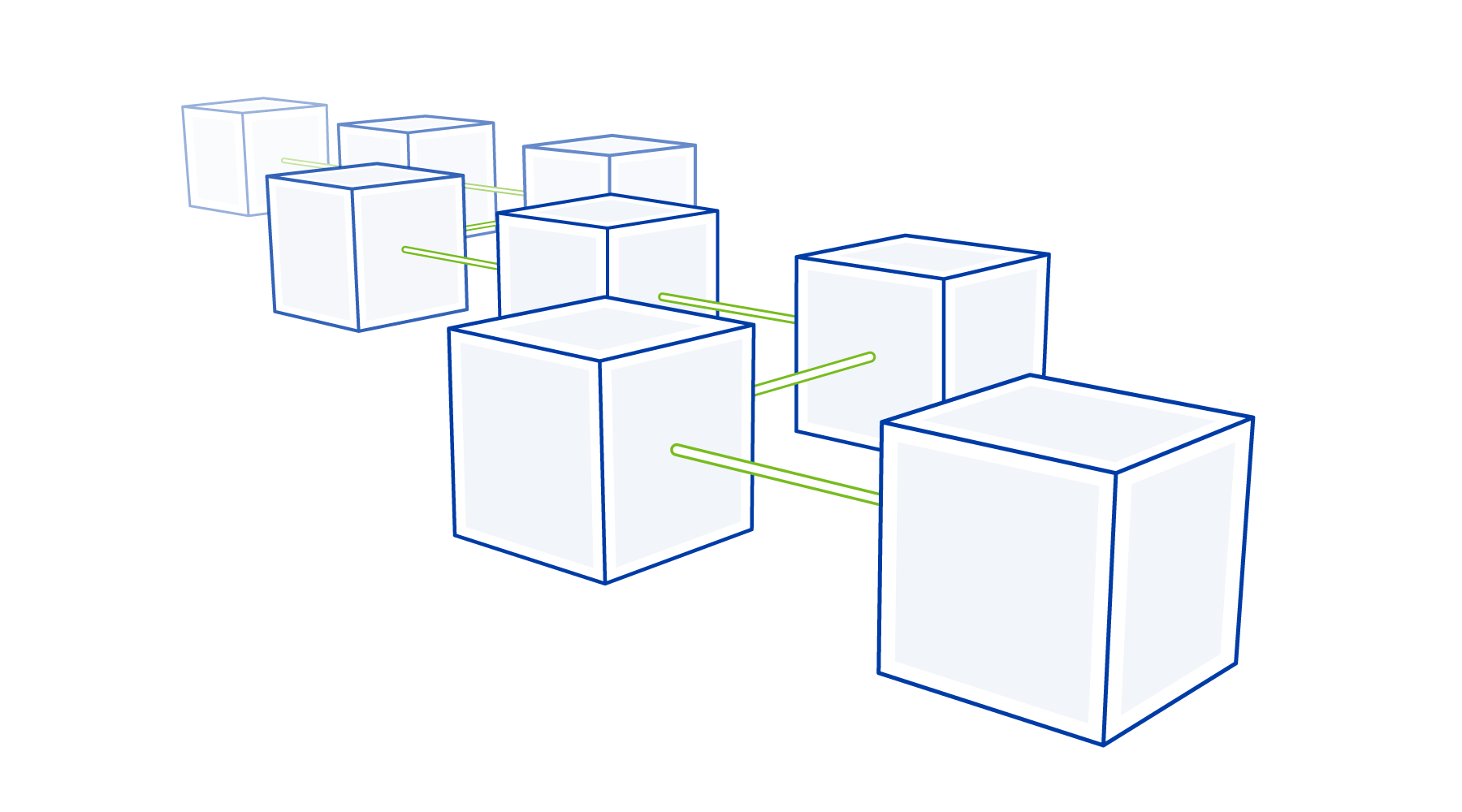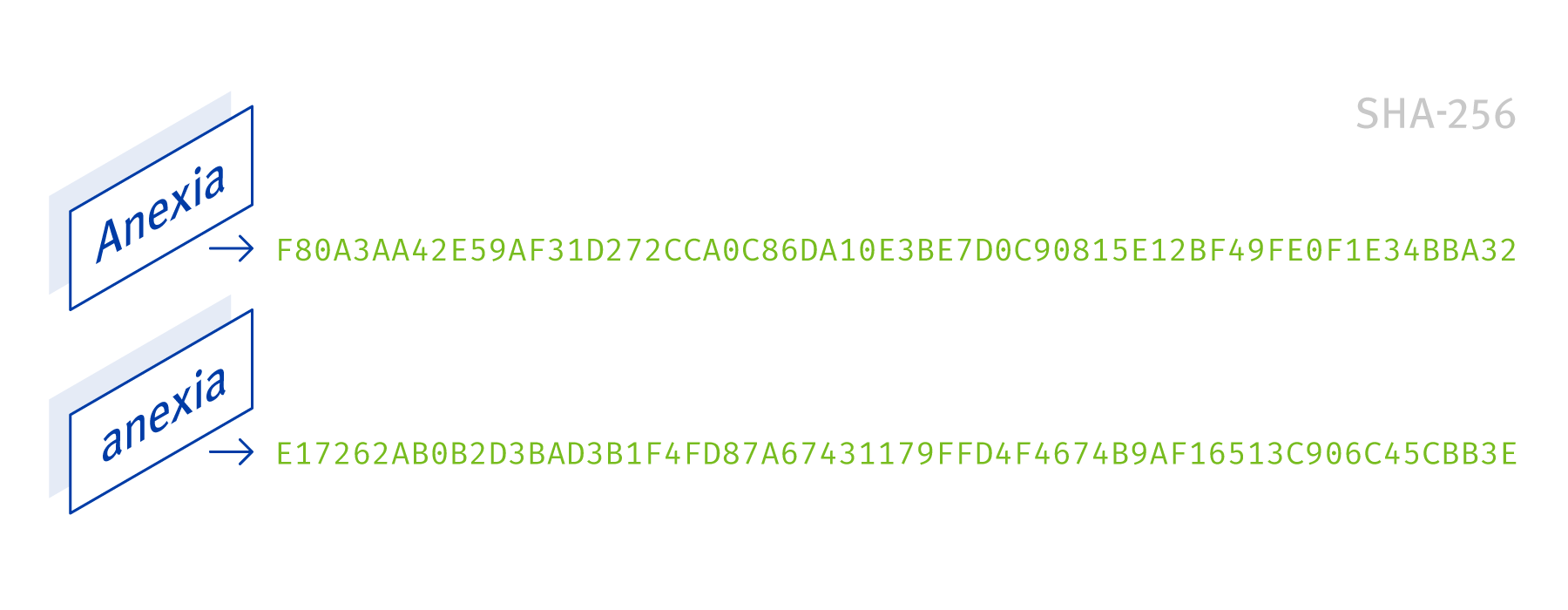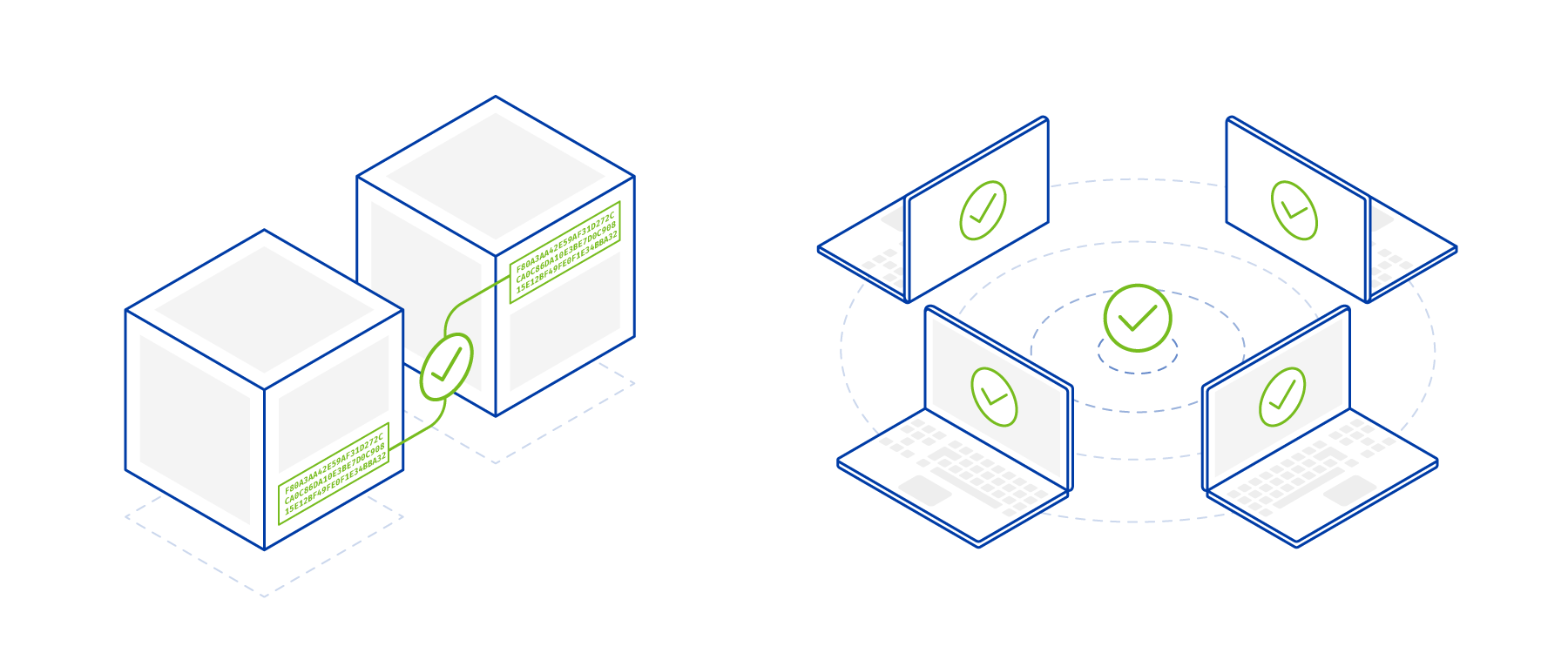The blockchain explained – simply and understandably
It happened at a garden party at a friend’s house. Everyone was in a good mood when suddenly, out of the blue, someone asked the group, “What is a blockchain, anyway?” Dismayed silence. Evasive glances. Wikipedia provided an explanation that only someone would understand who doesn’t need an explanation. Google search also didn’t find any understandable answers to the question.
How comes there is no simple and understandable explanation to the function of a blockchain?
Blockchain term explanation
First, it is important to clarify a few terms that often lead to confusion. Bitcoins and other cybercurrencies are often mentioned in the same breath as blockchain, but not every blockchain has anything to do with cybercurrencies. Rather, there is an infinite number of uses for a blockchain. Cybercurrencies are just the most well-known use cases where blockchain technology comes into play. In all tasks where mutual trust between different parties, that don’t know each other, is required, the blockchain is the ideal means to establish this trust on a technical basis.
How does a blockchain transaction work?
To better understand the function, let’s separate the term blockchain into the two words “block” and “chain”. The word “block” refers to the shortened form of a data block.
A data block, or “block”, is a text file that consists of letters and characters. The block contains all the information necessary to document the scope and process of a transaction. In most blockchains, the content of a block is not encrypted and also readable but is usually not formatted in a reader-friendly way.
In economics, a transaction is the exchange of economic objects between economic entities. For example, a transaction takes place when one person exchanges a good for money with another person.
The chaining of blocks
“Chain” refers to the process in which a new block is chained to the previous block. This chaining is what is special about blockchain technology and is the responsible part of the process in generating trust.

For the chaining of the blocks, a so-called hash is used. A hash is a mathematical function that converts an input with an arbitrary number of characters into an output with a fixed number of characters.
In our example below, we use the very well-known hash function “SHA-256”, which always produces an output value with exactly 64 characters. Every single character of the 64-character output value consists of either a letter or a number. It doesn’t matter whether a data block as input value for the hash function consists of a single character or comprises several million characters. The hash function SHA-256 always returns an output value with a length of 64 characters.

If the hash function is called with the input value “Anexia”, the output value is as follows:
F80A3AA42E59AF31D272CCA0C86DA10E3BE7D0C90815E12BF49FE0F1E34BBA32
If the hash function is called several times with the same input value, the respective output values are always identical because the input values are also identical. However, if the input value differs by just a single character, the output value will be completely different. Not only at one of the 64 positions, but completely different.
For example, if the hash function is called with the input value “anexia”, the output value will be:
E17262AB0B2D3BAD3B1F4FD87A67431179FFD4F4674B9AF16513C906C45CBB3E
The output values of the two examples differ clearly, although in the input value only the upper-case letter “A” was replaced by the lower case letter “a”. Every smallest difference produces an entirely different output value.
It is also completely impossible that two different input values generate the same output value by chance, or that conclusions can be drawn about the original input value based on the output value.
Manipulation safety
In some publications, the result of the hash function is called “fingerprint” to emphasize the uniqueness of the output value. With the hash function, it can always be trusted that two completely identical output values are generated from two completely identical input values. Forgeries or subsequent manipulation of a block as an input value would be conspicuous because in such cases the output value would differ greatly from the original value.

In each blockchain transaction, a new block of data is written and concatenated with the previous block. When chaining, the hash value of the previous block, i.e., the last 64 characters of the file and all characters of the current block are passed to the hash function as input value. In this way, the penultimate block and the current block are “logically” concatenated, and a new output value is generated. These 64 characters are appended to the end of the new block when it is saved. This logical concatenation ensures that, if tampered with, all subsequent blocks would also have a different hash value.
All concatenations of a blockchain are regularly checked by comparing the hash values with the stored hash values block by block. As an additional layer of security, each blockchain is copied to many different servers in a decentralized manner, and each new block is distributed to all servers. In the technical world, this process is referred to as distributed ledger technology. If someone were to tamper with or delete a block, that tampering would have to be done on all the servers involved, which is virtually impossible.
The economic entities involved in the transaction can trust the data contained in the block is “sealed” by the hash function and concatenation, and subsequent, unnoticed manipulation is impossible.
Blockchain areas of application
The potential areas of application for blockchain technologies are vast. For most transactions in daily life, economic entities currently still trust a third party, such as a notary or bank, to seal the records correctly and permanently. This middleman or intermediary can be eliminated using blockchain technologies because trust between the parties is guaranteed by the chaining of the blocks and the protection against subsequent manipulation. For this reason, blockchain will prevail in many areas and become the technical standard for digital transactions or digital contracts.
If someone asks for an explanation of the blockchain at the next garden party, hopefully this article will help answer the question.
Further, VERY detailed information on blockchain technology:
German: Blockchain White Paper – Grundlagen, Anwendungen, Potentiale